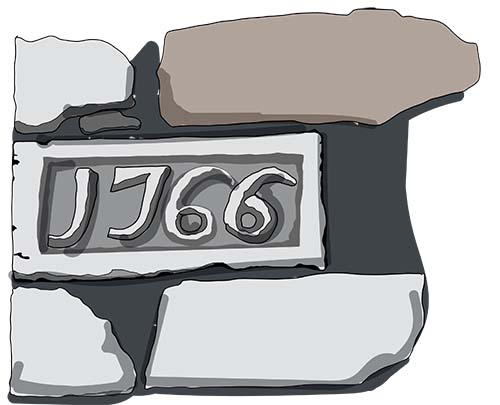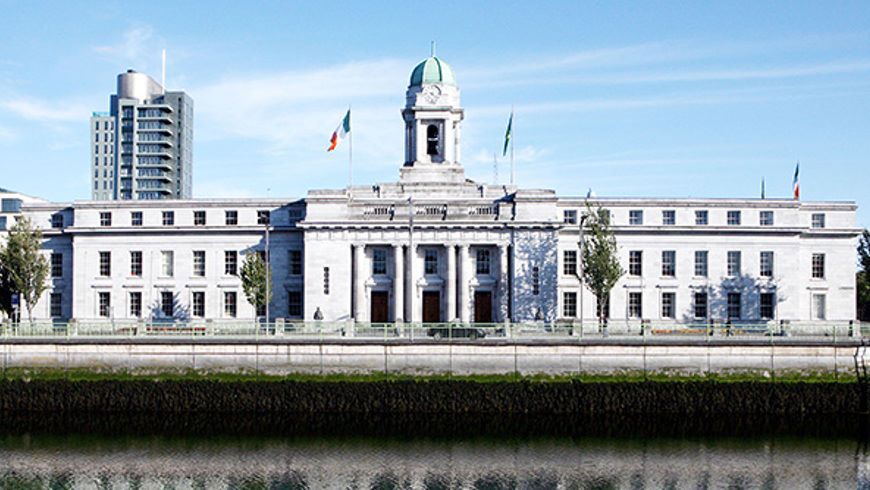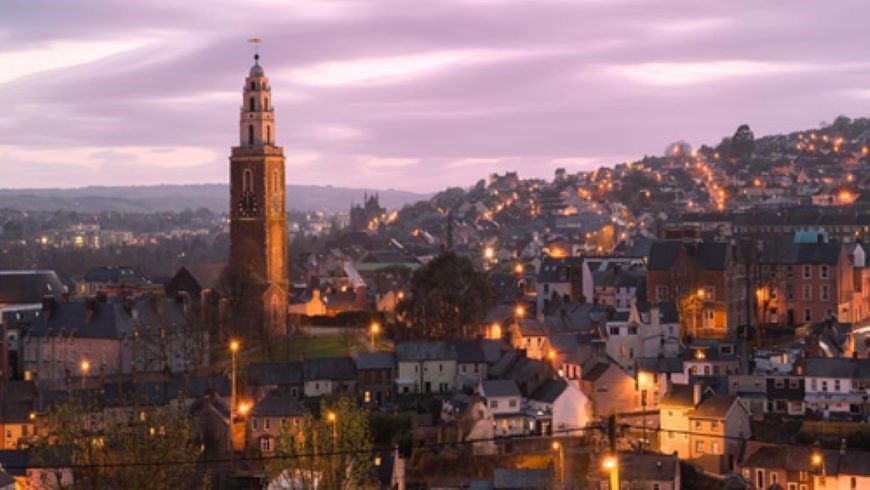Checkpoint 12: Red Abbey Tower
Checkpoint 12: Red Abbey Tower
Illustration of architectural feature close to the tile:
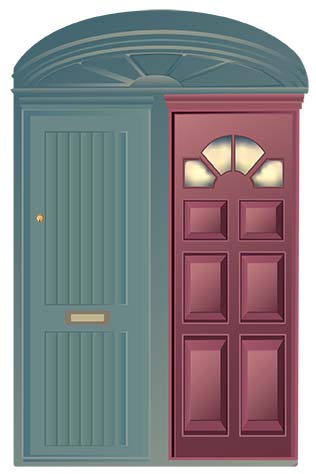
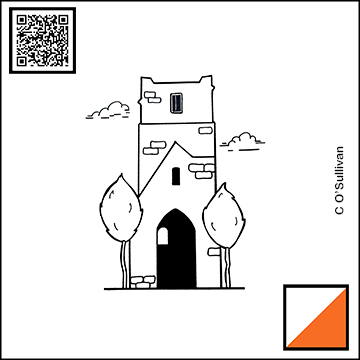
| This illustration marks our twelveth checkpoint and was drawn by local artist – Cailum O'Sullivan. It's a depiction of the Red Abbey. |
Welcome to Checkpoint 12, and Cork’s oldest upstanding building!
A Glimpse of Medieval Cork
This tower is all that remains of Red Abbey, an Augustinian Friary founded during the 14th century. It took its name from the red sandstone used in its construction. This “crossing tower” once stood where the nave, chancel, and transept of the church once intersected. Though the tower is all that is visible today, archaeological excavations here have uncovered buried medieval walls and even traces of medieval burials. Occupied into the 17th century, the tower was used as an observation point and artillery position during the Williamite siege of Cork in 1690, the cannon being used to batter the city walls prior to the city’s surrender.
Cork and the Colonial World
In the 18th century, Cork’s position as an important trading port in the expanding British Empire saw the Friary site take on a new role. Cork merchants exported products such as salted/pickled foodstuffs and beef for use in areas like the West Indies, and ships returned with products like sugar and tobacco, grown at plantations built on the labour of enslaved people. Red Abbey was turned into a “Sugar House” or refinery to help process this imported “White Gold”, part of a trade linked to slavery that brought significant profits to many of Cork’s mercantile traders. In 1799 a fire engulfed the refinery, destroying the majority of its buildings.
Looking Around: Remnants of Tenement Cork
Red Abbey Street is filled with architectural clues that point to the changing nature of life in certain parts of Cork City through the generations. As cities expanded and populations increased, once grand houses were often sub-divided into ever smaller units as more and more people were accommodated. See can you spot the Georgian home that once housed a single family, but which was later divided into multiple dwellings. Beneath the fanlight where once there was a single door, there is now too, each providing access to what are today different homes. Red Abbey Street is also home to what is said to be Cork’s narrowest house, another architectural gem on this character-filled road.
| Clue: This church, located in the South Parish, is dedicated to the patron saint of Cork |
